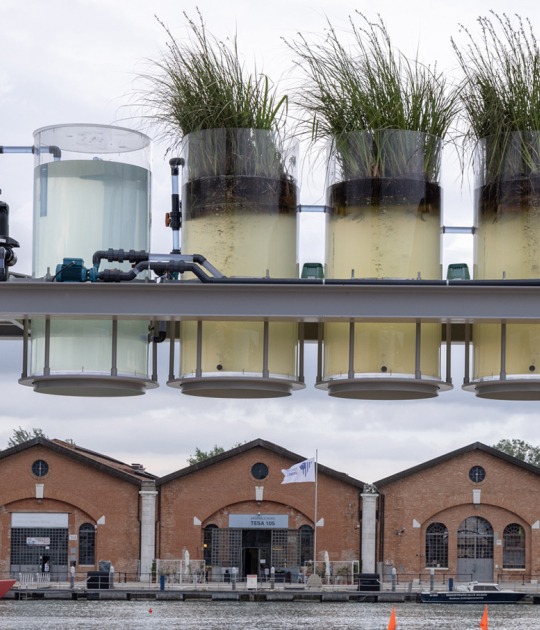The Balčytis Studija studio proposal sets a completely new direction for the design of buildings for transport infrastructure. Its relationship with the environment is very close and its relationship with nature is exceptional. The trees growing on the zone became an integral part of the building. The structure of the station incorporates the nature of the environment and thus creates a park and public space within the building.
The one-story building is open for concerts and performances, tastings of products produced by local farmers, outdoor cafes and other audiences. The subtle play of light and shadow plays a special role in the architecture of the building and creates the image of a typical park building. Large volume windows dissolve the real separation between inside and outside and allow a very close connection with nature.
Description of project by Balčytis Studija
The bus station built in Vilkaviškis – a small town in the Lithuanian province with a population of around 11.000 inhabitants – not only performs the function of the transport infrastructure, but also solves an explicit social mission.
Due to insufficient supply of social welfare and diversity of services in small towns in Lithuania, more and more people are moving from small towns to live in bigger cities or abroad. The exceptional architectural solution of the building, which functionally aims to concentrate services, small business and trade activities, helped the municipality to concentrate business and create new jobs in the region. Surrounded by greenery and signifying environmental friendliness, with its design philosophy resembling recreational buildings, the project of the bus station sets a completely new direction for the design of buildings for transport infrastructure.
The complex urban setting and the trees growing on the plot led to the creation of a functional scenario for the building and the environment, in which the trees would become an integral part of the building space. The building has a building area of almost 4.000 m2 and the relationship with the environment is very close, even intimate, and the relationship with nature is exceptional. The conceived and implemented functional idea of the passable building turned the shortcomings of the situation into uniqueness of the project: the area of the triangular plot ‘absorbed’ the building intuitively merging with the surrounding nature thus creating a park and public space inside the building.
The one-story building of exceptional architecture, in which, according to the architect, the old trees growing on the plot are integrated into the structure of the building, created for the town an exclusive public space under the roof. Such design not only removes the boundary between the interior of the building and its exterior, but also makes this place functionally accessible and open – the building space is open for concerts and performances, tastings of products produced by local farmers, outdoor cafes and other public activities.
The white color gives the building a feeling of lightness; the subtle play of light and shadow plays a special role in the architecture of the building and create the image of a building typical of parks. Even when staying inside the building, one can feel a very close connection with nature – large-volume windows dissolve the actual separation of the interior and exterior. Thanks to these architectural decisions, a considerably large building flawlessly fits into a rather restricted plot, ensuring a new urban and architectural quality of the place. The functional idea and architectural solution of the building are accentuated by the selected simple but long-lasting and natural building and finishing materials. This is the minimalistic specification of materials used for facades – concrete, triple glazed structural glass panels and the full height zig zag section aluminium rainscreen cladding that covers all facade walls. And full height aluminium mesh separates the park from outdoor growing area for the garden store.
New Bus Station and the community
Despite the large number of private cars in Lithuania (466 cars per 1000 inhabitants) , intercity and suburban bus connections are quite popular among the Lithuanian population. In smaller cities and regions, suburban buses also perform the function of urban public transport, making it cheap and convenient for residents of both regions and towns to use public transport on a daily basis. In Vilkaviskis the local buses serves also and the surrounding area - district municipality - villages in approx. 20-30 km distance with approx. 35 000 peoples.
Many people are starting and ending their working day at the station because they come to Vilkaviškis to work, study or shop from all over the region. They are satisfied with the new building, because they can get various services here, go shopping, visit the pharmacy. The park used as a rest area, especially popular between couples with children, because we provided a children’s playground in it. The old trees growing on the plot were integrated into the structure of the building and created an exclusive public space under the roof for the town. This idea plays the key role for gathering local community to this area. And the glass cafeteria also plays important role – the cafe owners are developing a programme of evening and daytime events in exterior space beneath the roof near cafeteria pavilion. They not only roast coffee beans themselves and prepare coffe, but also invites to taste products produced by other local farmers - chease, smoked meat products, fruits. There is a lot of feedback on the positive changes and architecture of the new station in the local media. And articles in the international press have led to mini „Bilbao effect“ with people from all over starting to visit to see it.













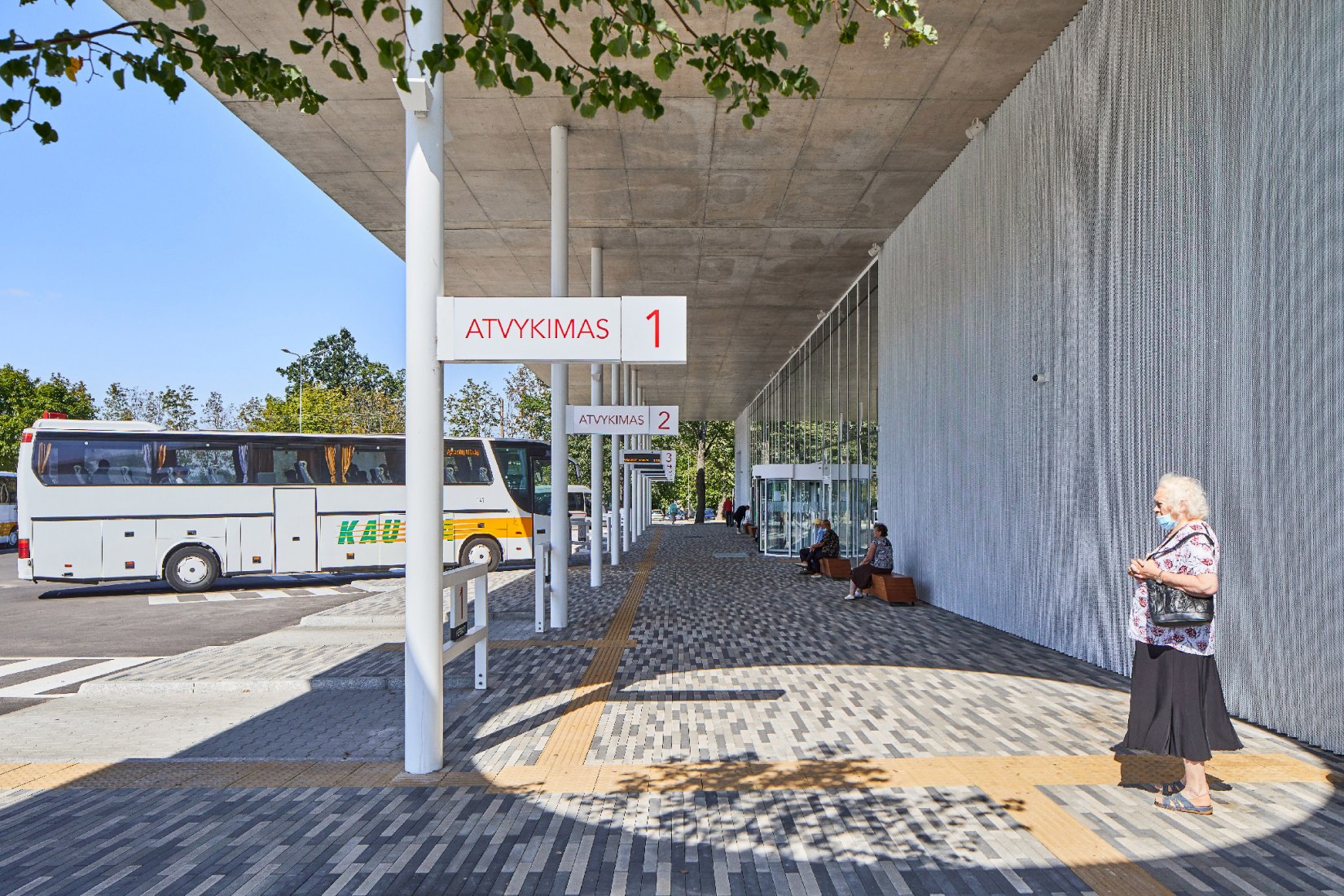














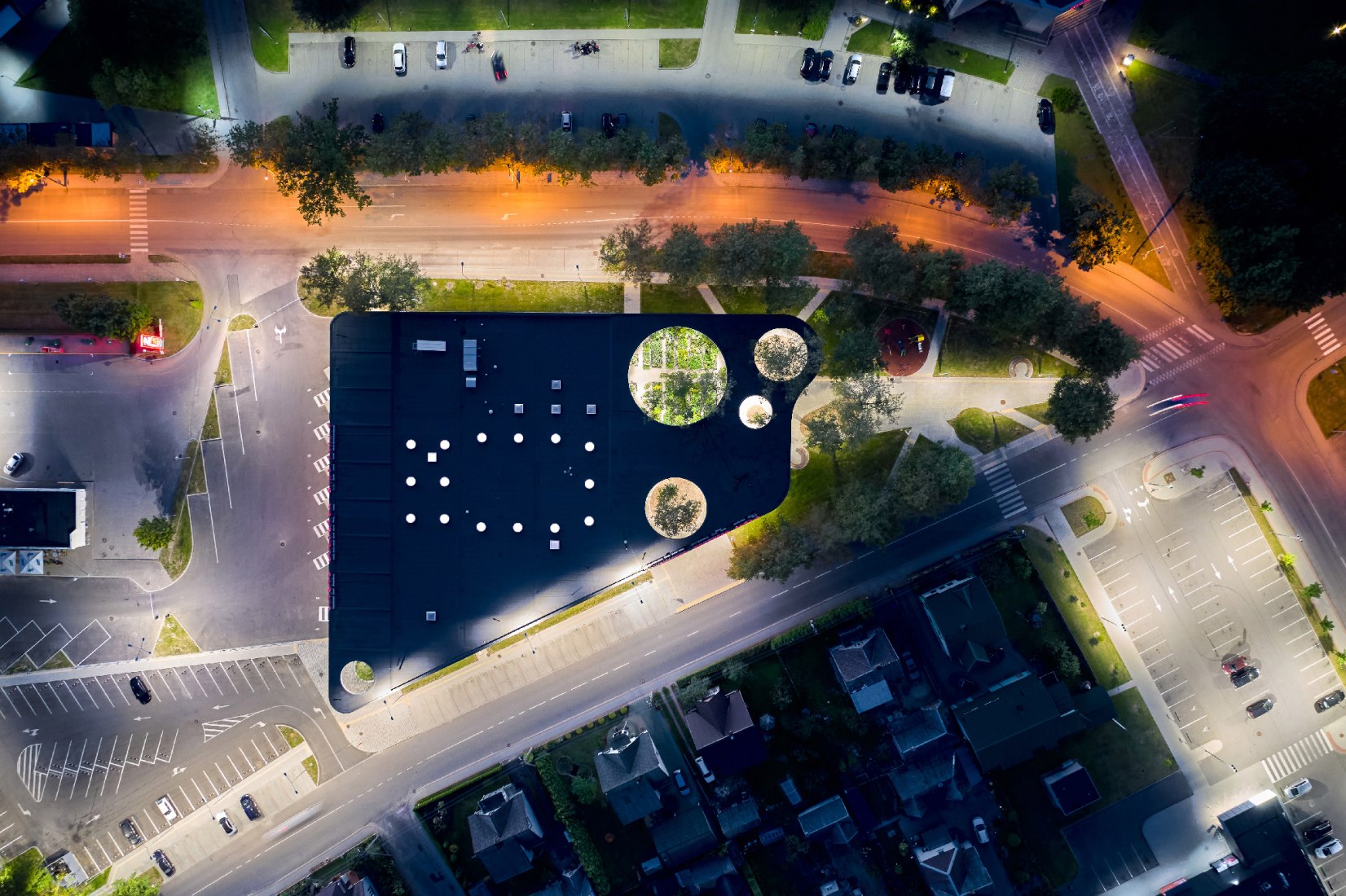


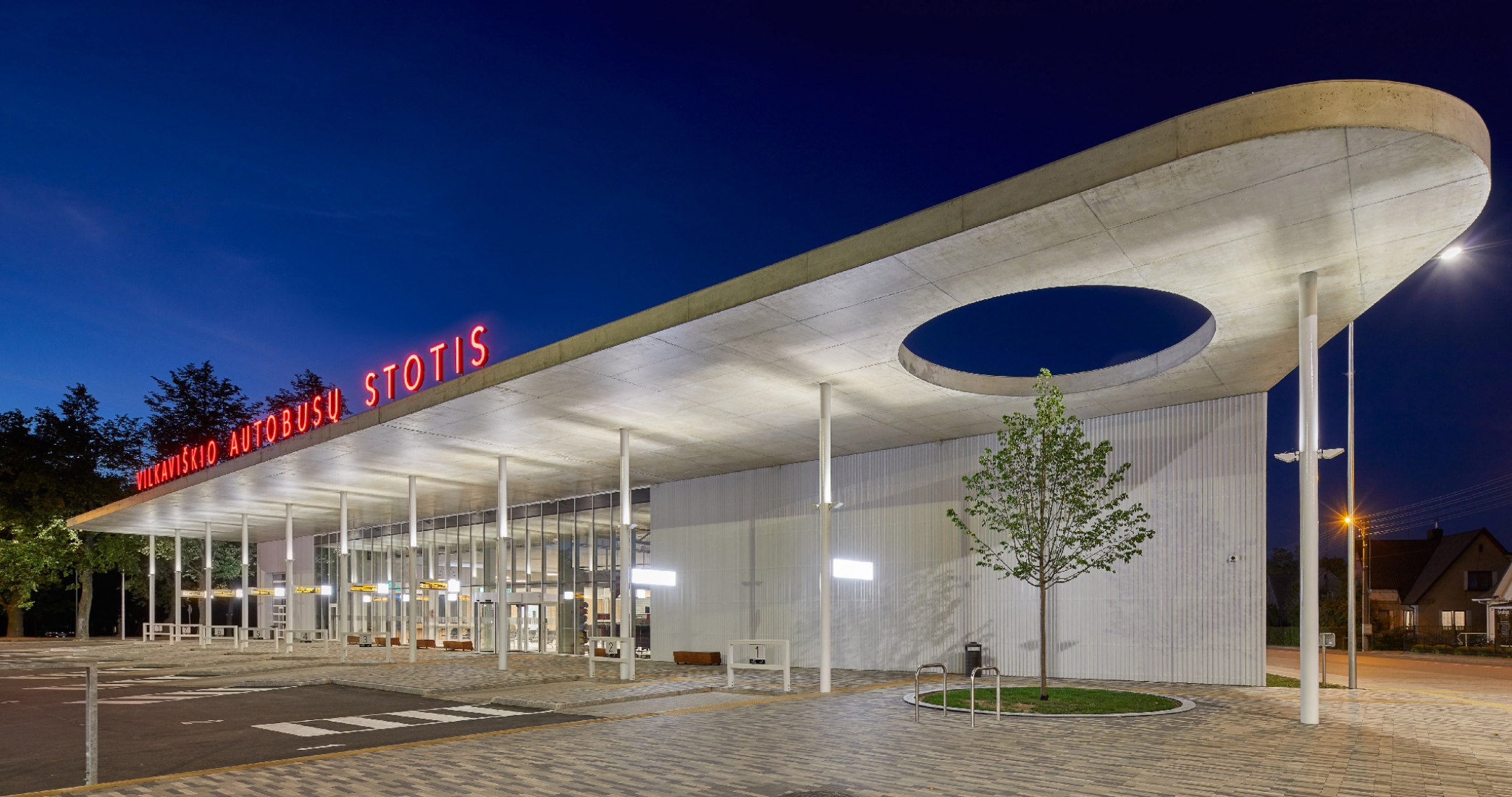


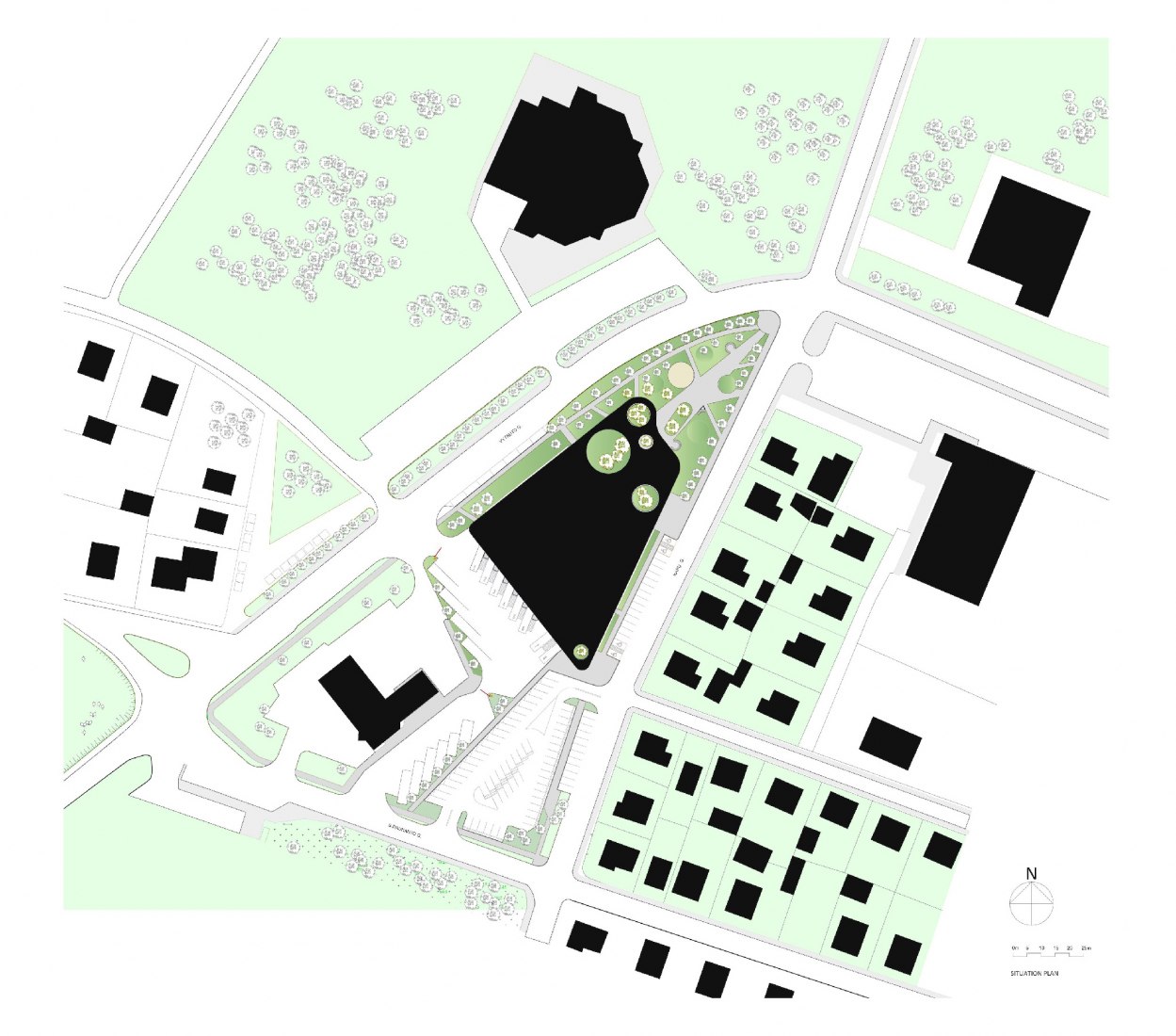


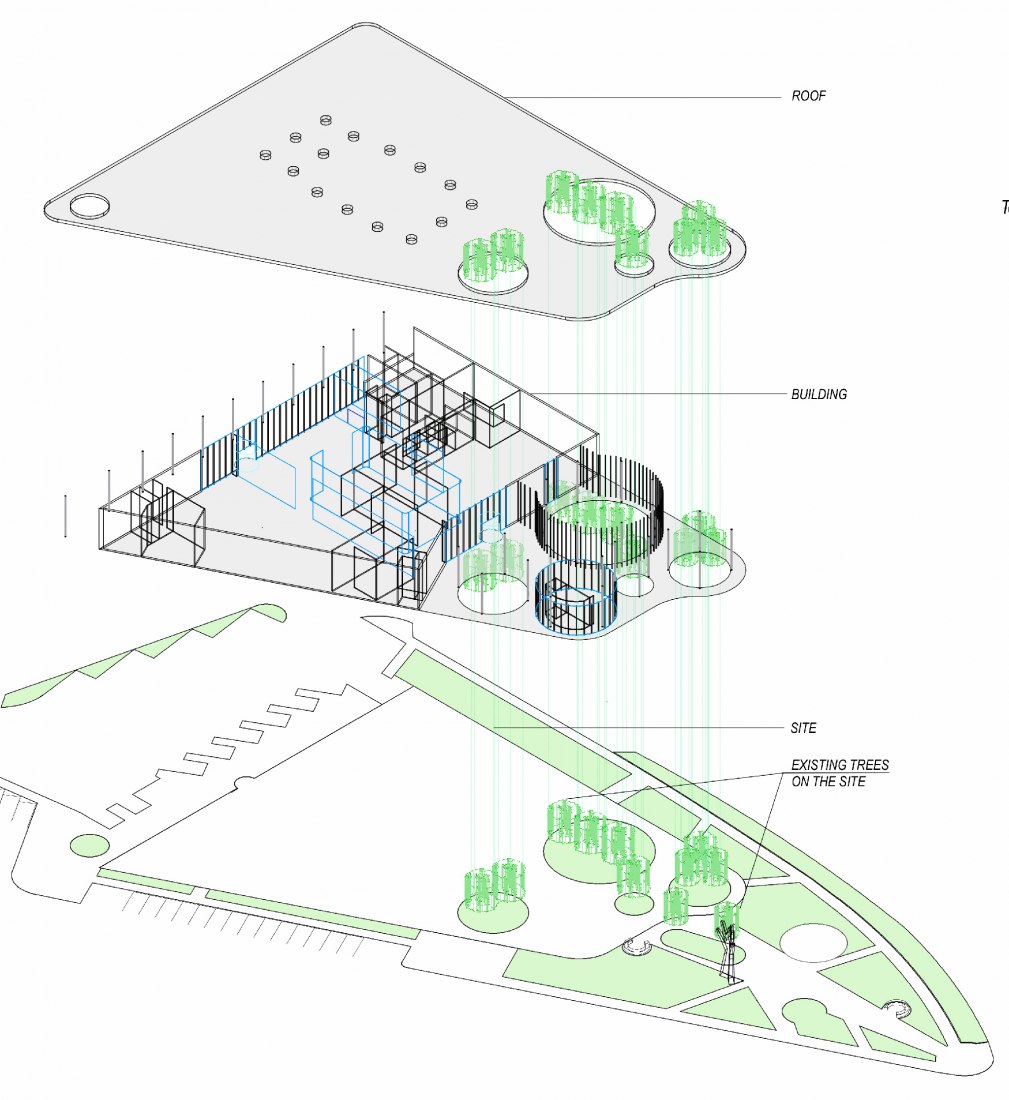











![Friedrich Kiesler, Endless House for Mary Sisler [shattered sketch sheet], New York and Florida, 1961, 21.5 x 33.4 cm, pencil on paper, mounted on cardboard. Courtesy by the Austrian Frederick and Lillian Kiesler Private Foundation, Vienna Friedrich Kiesler, Endless House for Mary Sisler [shattered sketch sheet], New York and Florida, 1961, 21.5 x 33.4 cm, pencil on paper, mounted on cardboard. Courtesy by the Austrian Frederick and Lillian Kiesler Private Foundation, Vienna](/sites/default/files/styles/mopis_home_news_category_slider_desktop/public/2025-05/metalocus_Fundacio%CC%81n-Frederick-Kiesler_03_p.jpg?h=3b4e7bc7&itok=kogQISVW)



